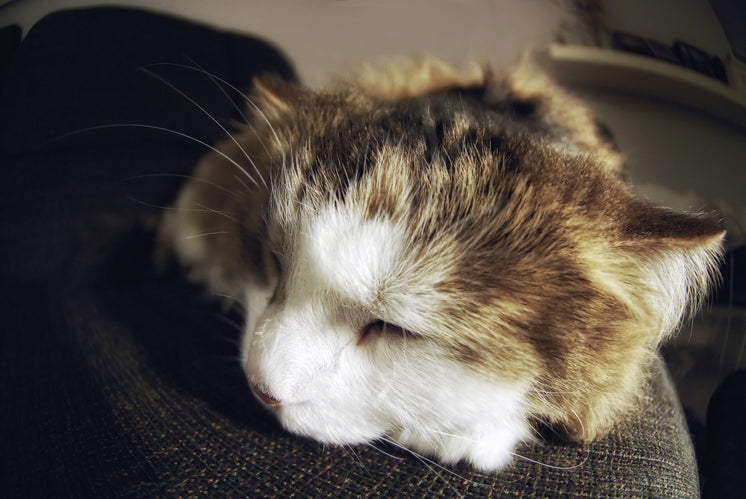
Cat litter and litter boxes play a critical function in the lives of both cats and their owners. From the simple starts of sand and soil to the ingenious improvements of today, the world of cat litter has developed considerably. In this detailed guide, we look into every element of cat litter and litter boxes, exploring their history, types, advantages, challenges, and everything in between.
The history of cat litter dates back centuries, with ancient civilizations using sand, soil, and even ashes as primitive litter materials. However, it wasn't until the mid-20th century that modern cat litter as we understand it emerged. In 1947, Edward copyright introduced the world's first commercial cat litter made from absorbent clay, transforming the way cats relieved themselves indoors. Ever since, cat litter has undergone numerous transformations, with the intro of clumping litter, silica gel litter, eco-friendly alternatives, and more.
Today, feline owners are ruined for choice when it comes to selecting the right litter for their feline companions. Standard clay litter stays popular for its cost and effectiveness in absorbing smells. Clumping litter, which forms strong clumps when wet, streamlines cleaning and maintenance. Silica gel litter, made up of extremely absorbent silica crystals, provides superior odor control and durability. Naturally degradable options, such as recycled paper, wood pellets, corn, and wheat, appeal to ecologically mindful consumers.
Each type of cat litter uses special advantages. Clay litter excels in its capability to take in moisture and control smells, making it a trusted option for many feline owners. Clumping litter streamlines daily scooping and extends the time in between Tofu Cat Litter complete litter modifications. Silica gel litter supplies remarkable smell control and can last longer between replacements. Biodegradable litters use a sustainable alternative that decreases ecological impact.
While cat litter boosts indoor feline hygiene, it is not without its challenges. Dust from clay litter can present respiratory risks for both felines and humans, triggering the popularity of dust-free options. Some cats may establish litter box aversion due to concerns with texture, scent, or tidiness, requiring experimentation with various litters and box setups. Multi-cat households might require tactical litter box placement and regular maintenance to avoid territorial disputes and make sure all cats have access to tidy centers.
Selecting the proper litter box is important for promoting favorable litter box habits and total feline wellness. Factors to think about include size, accessibility, and style choices. Covered litter boxes offer personal privacy and aid contain smells, but some cats might find them restricting or frightening. Open-top litter boxes provide simple access and exposure however might result in more litter scatter. Automatic self-cleaning litter boxes enhance upkeep but need routine monitoring and self cleaning cat litter box upkeep.
Correct litter box maintenance is important for making sure a clean and inviting environment for both felines and their owners. Daily scooping removes waste immediately, minimizing odor and dissuading litter box hostility. Regular litter replacement, usually every 1-2 weeks, avoids bacterial buildup and keeps optimal absorbency. Thorough cleaning with moderate cleaning agent and water, avoiding severe chemicals that might hinder cats from using the box, must Clay Cat Litter be carried out monthly.
Cat litter and litter boxes play a central role in promoting a healthy and unified relationship in between felines and their human companions. With a diverse selection of litter options and litter box designs offered, cat owners have the versatility to customize their choices to fit their cats' choices and household needs. By comprehending the advancement, types, advantages, and obstacles of cat litter and litter boxes, animal owners can offer their feline friends with a comfortable and hygienic indoor environment.